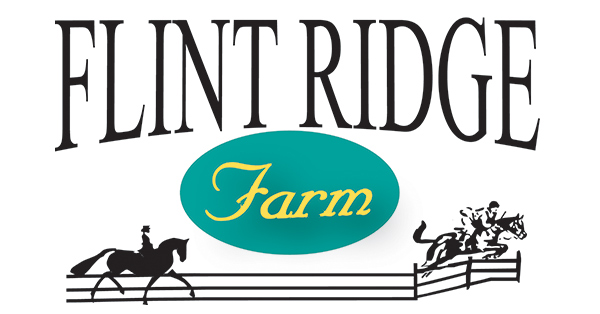Dressage Resource Page
Dressage: The art or method of training a horse in obedience and in precision of movement. The sport evolved from ancient military techniques for training horses for battle. A dressage test consists of a series of prescribed movements to be executed in a specified order within an arena. Riders and horses are judged on each movement with a score between 1 and 10, 10 being perfectly executed, and 1 being not executed. At the end of the test, the scores of all the movements are tallied and calculated to determine the percent of the total possible points the pair earned. Their score is presented as a percentage, the pair with the highest percentage wins the class.
TESTS:
Download Dressage Tests – Valid through 11/30/2018
INTRODUCTORY
This unique series of tests provides an opportunity for the horse and/or rider new to dressage to demonstrate elementary skills. The tests are designed to encourage correct performance and to prepare the horse for the transition to the USEF tests (Training though Fourth Level).
TRAINING LEVEL
Objective and standards: To confirm that the horse is supple and moves freely forward in a clear and steady rhythm, accepting contact with the bit.
FIRST LEVEL
Objective and standards: To confirm that the horse, in addition to the requirements of Training Level, has developed the thrust to achieve improved balance and throughness and to maintain a more consistent contact with the bit.
SECOND LEVEL
Objective and standards: To confirm that the horse, having achieved the thrust required in First Level, now accepts more weight on the hindquarters (collection); moves with an uphill tendency, especially in the medium paces; and is reliably on the bit. A greater degree of straightness, bending, suppleness, throughness, balance and self-carriage is required than at First Level.
THIRD LEVEL
Objective and standards:To confirm that the horse, having begun to develop an uphill balance at Second Level, now shows increased engagement, especially in the extended paces. Transitions between collected, medium and extended paces should be well defined and performed with engagement. The horse should be reliably on the bit and show greater straightness, bending, suppleness, throughness, balance and self-carriage than at Second Level.
FOURTH LEVEL
Objective and standards: To confirm that the horse has developed sufficient suppleness, impulsion and throughness to perform the Fourth Level tests which have a medium degree of difficulty. The horse must remain reliably on the bit, showing a clear uphill balance and lightness that result from improved engagement and weight-carrying by the hindquarters. The movements should be performed with greater straightness, energy and cadence than at Third Level.
- 2015 Fourth Level Test 1 (Note: Correction was made in Movement #1 on November 7, 2014)
- 2015 Fourth Level Test 2
- 2015 Fourth Level Test 3
It is the responsibility of anyone who enters a show to understand the rules.
- Click here to see the USDF rules
- Click here to see the official Dressage Protocols
- The United States Dressage Federation
